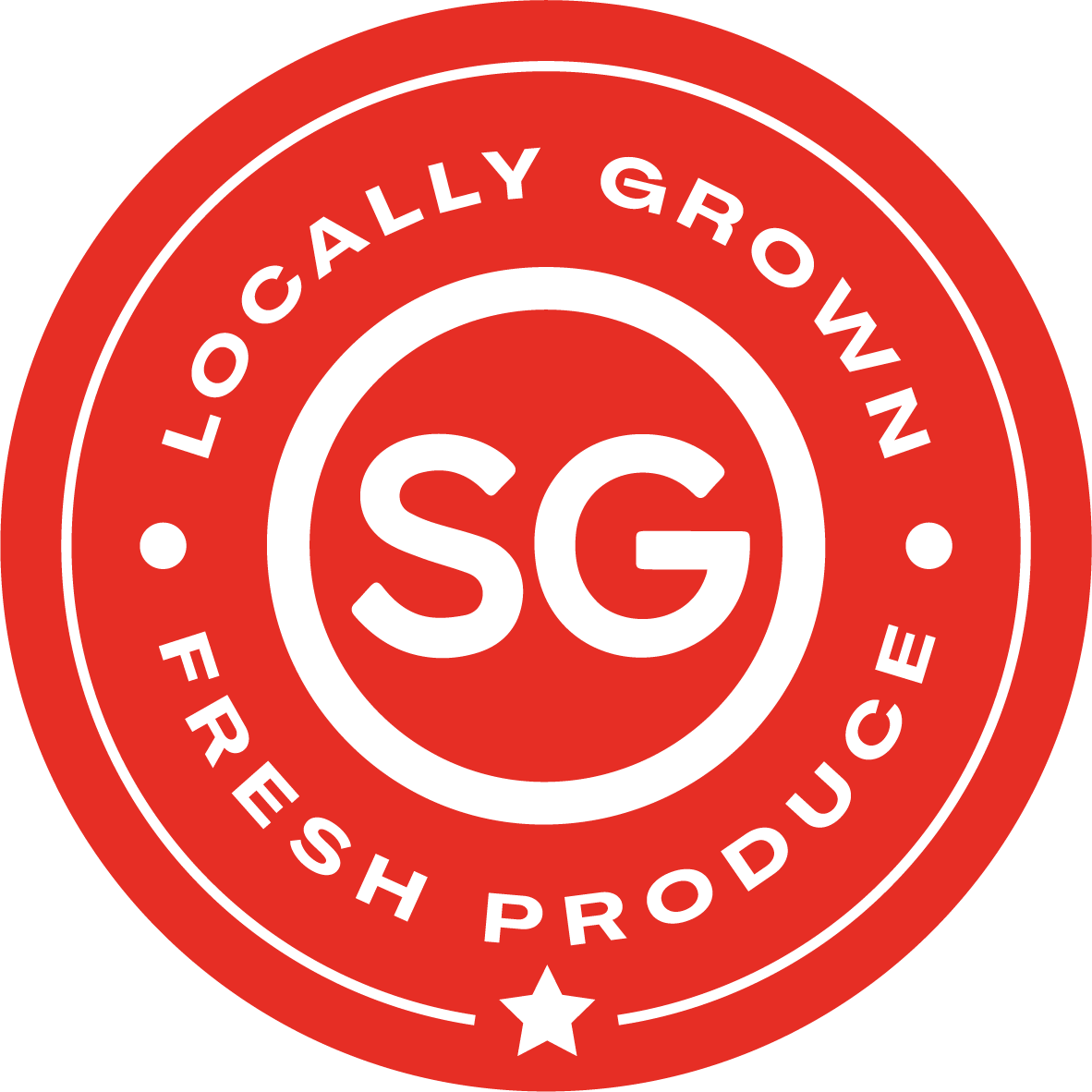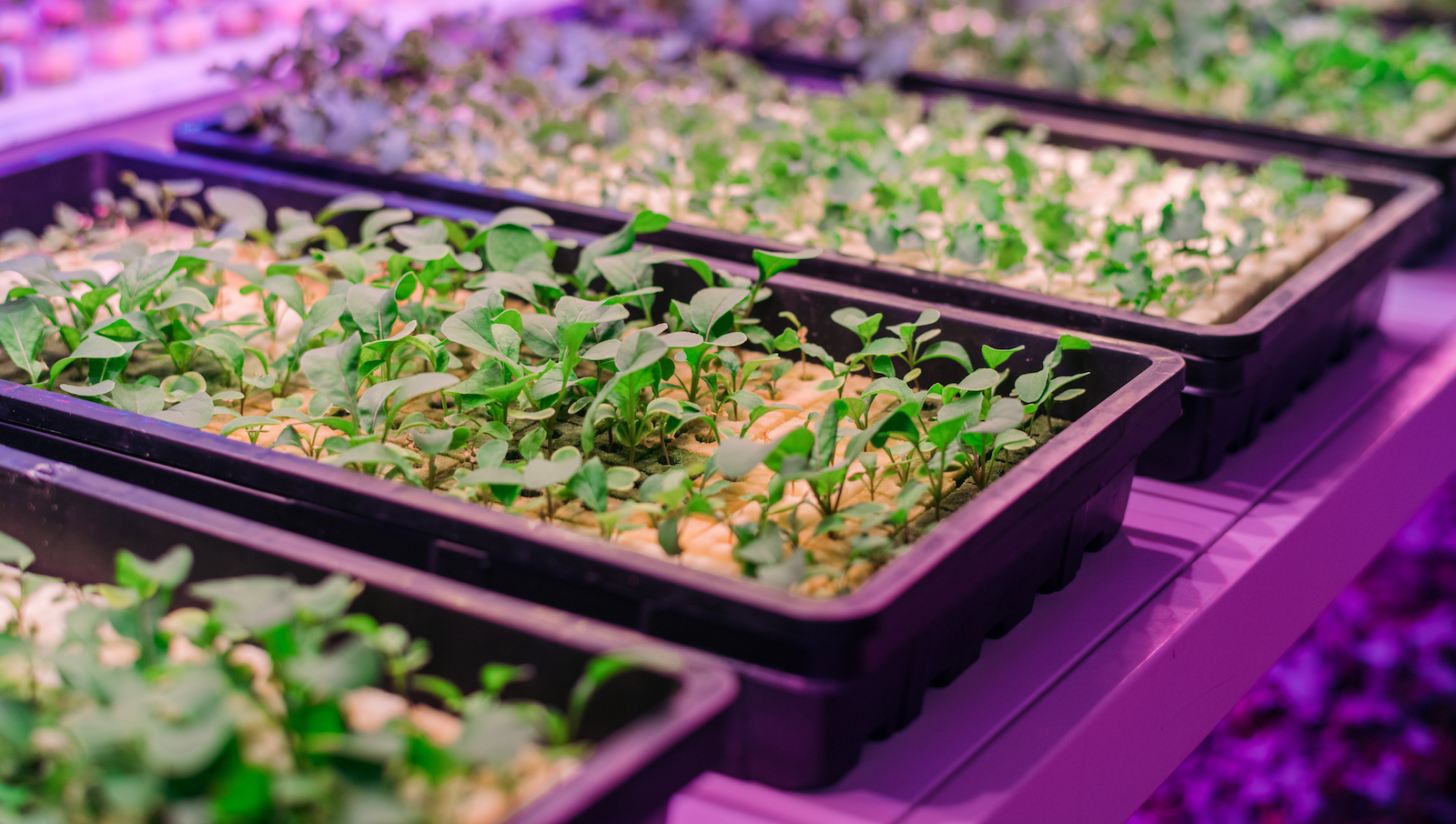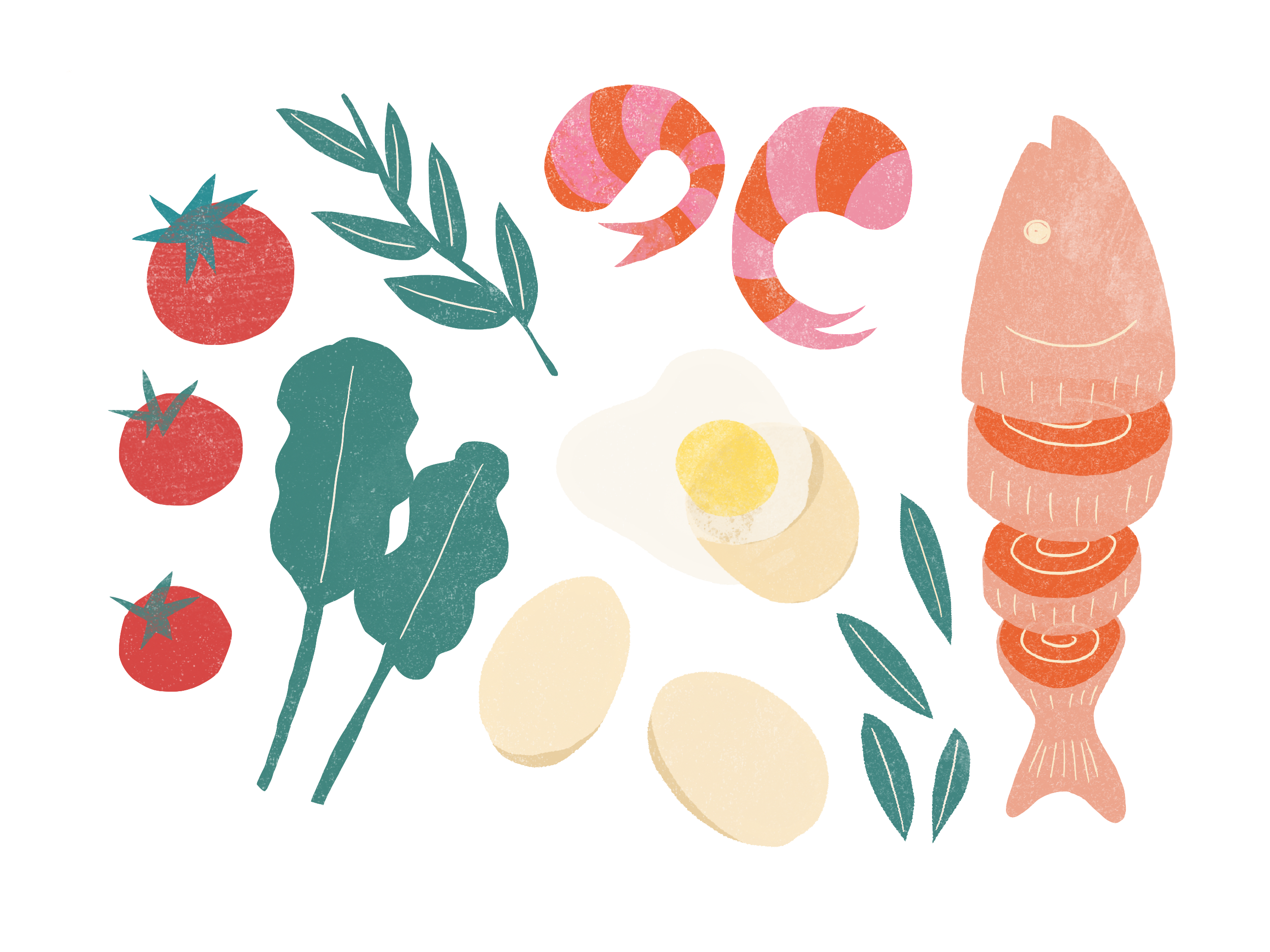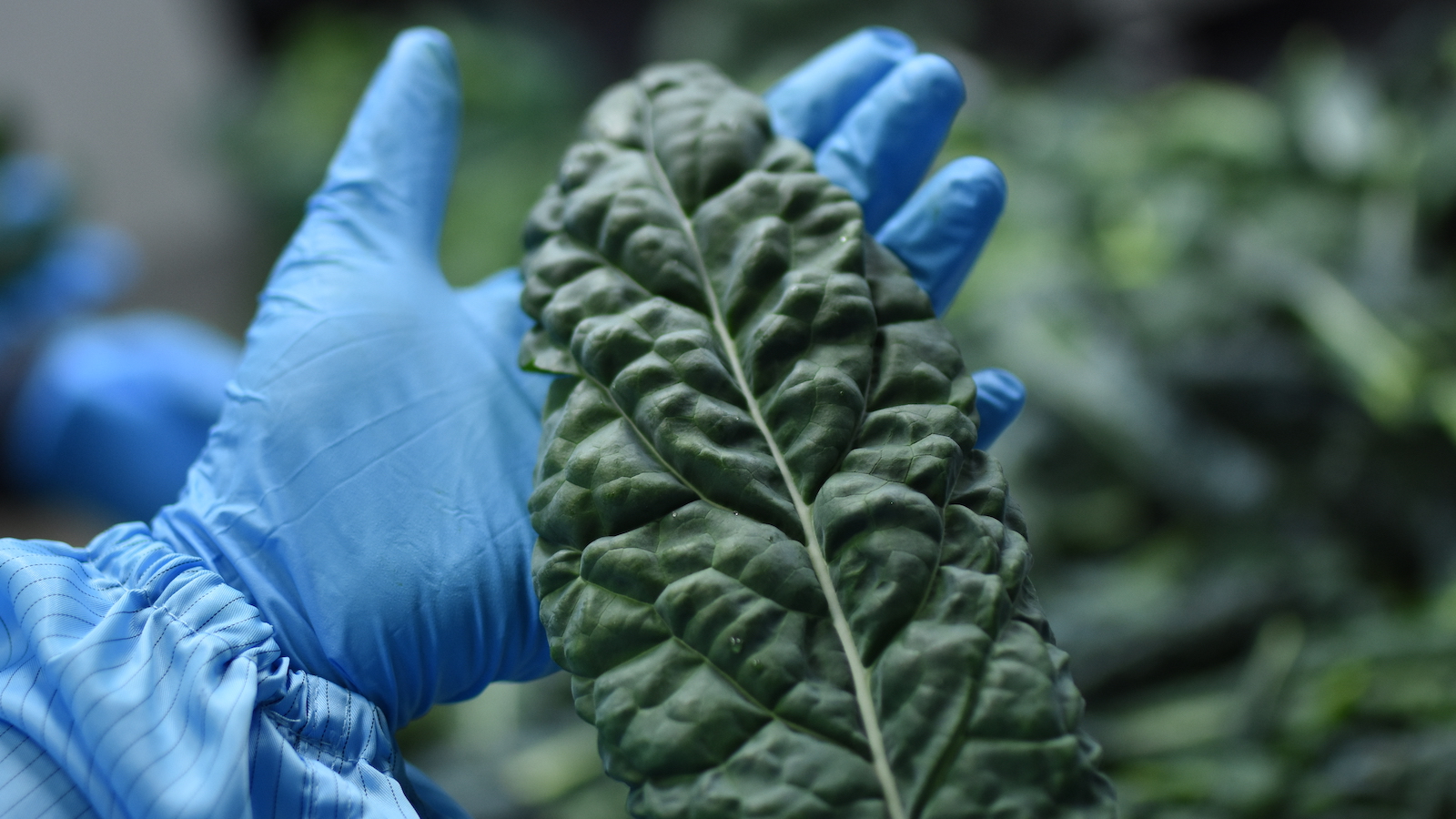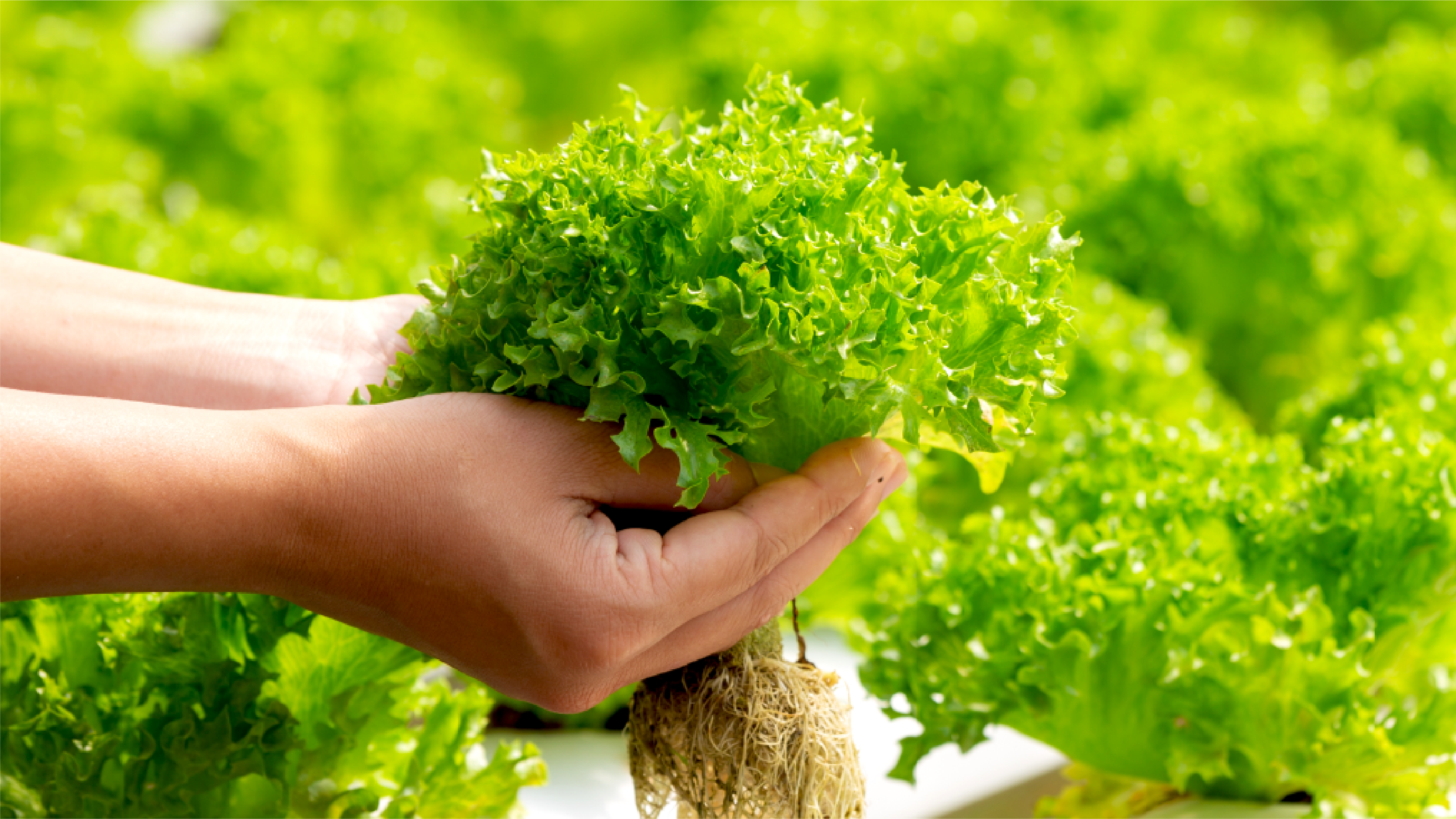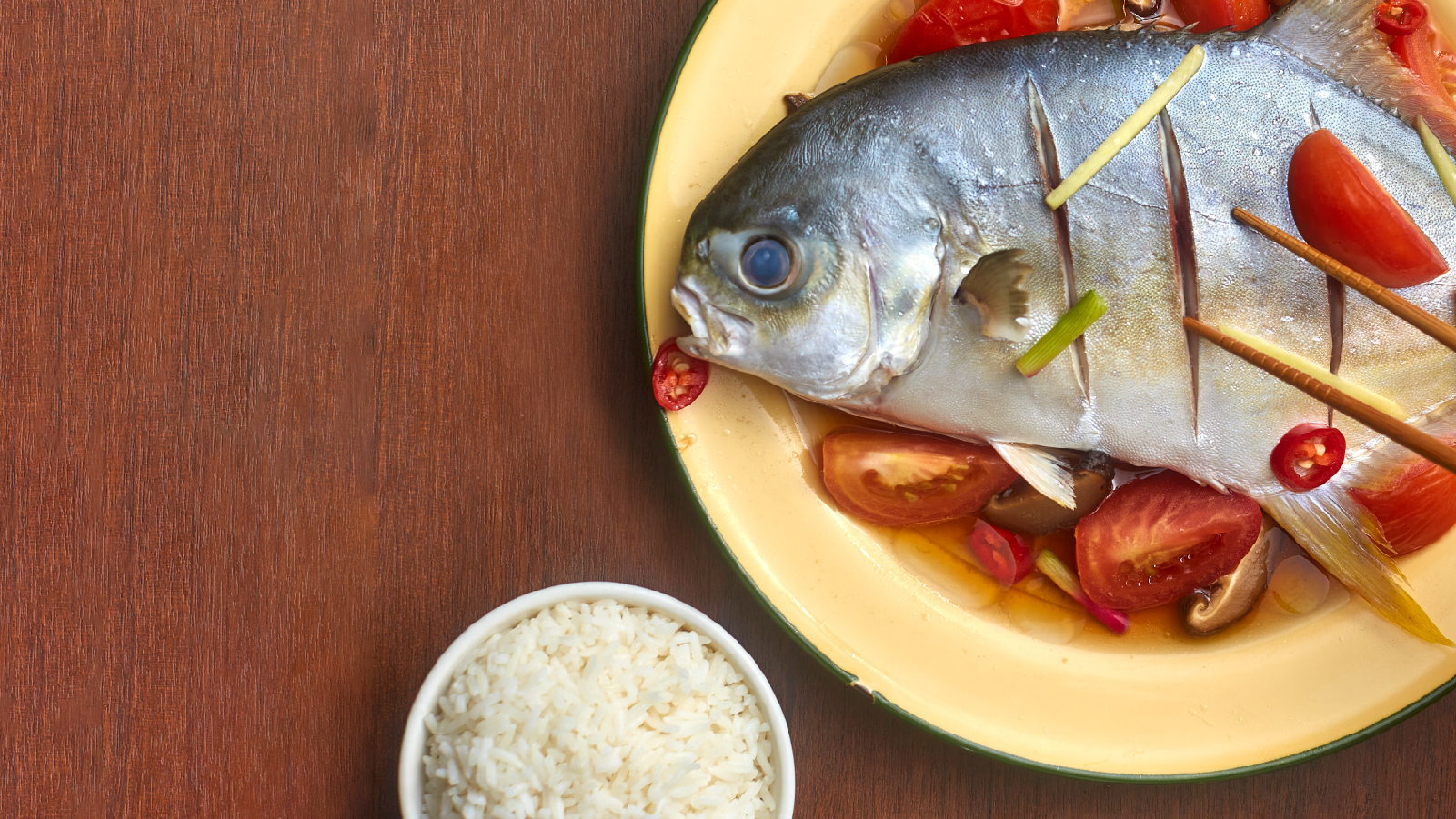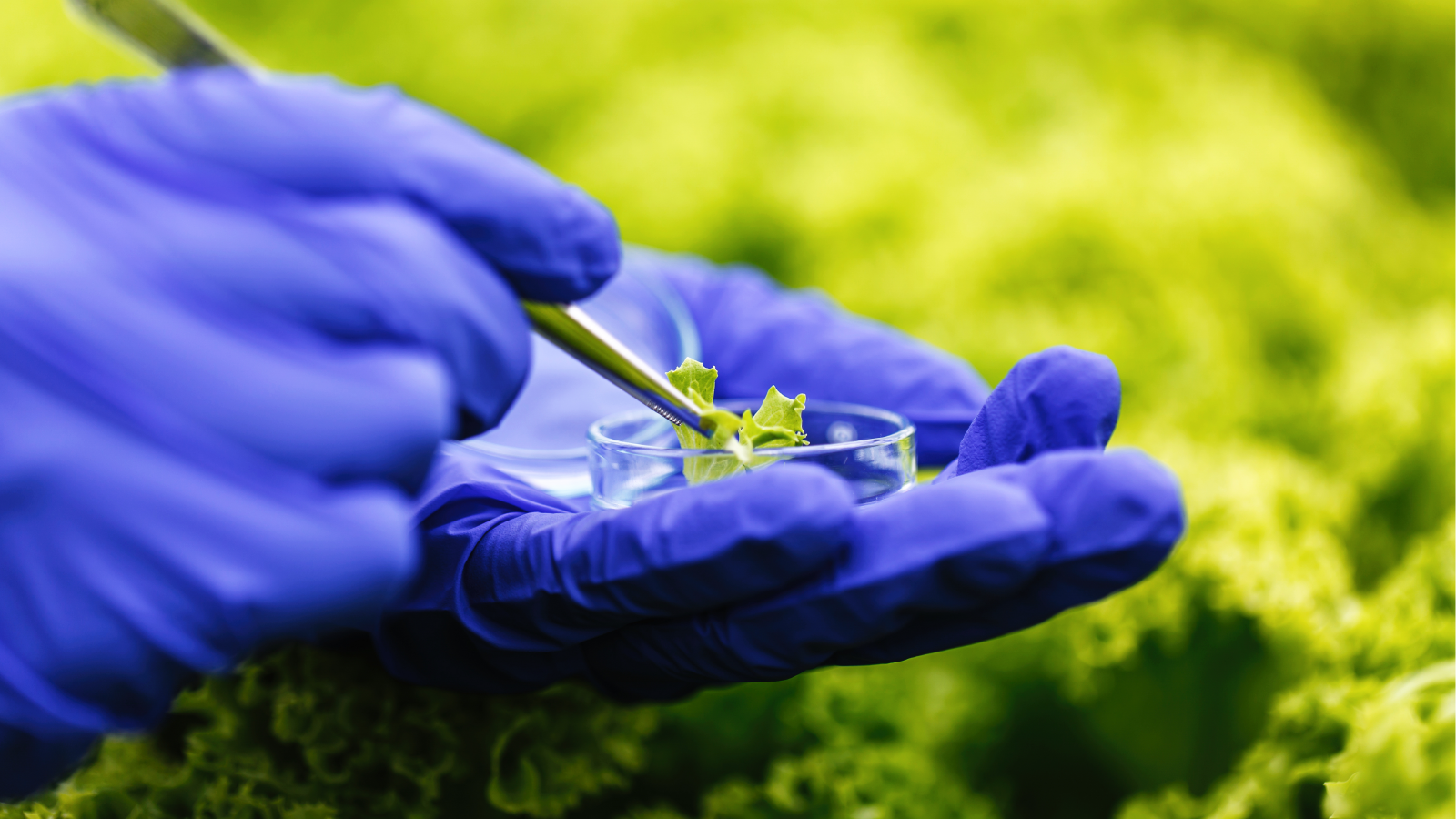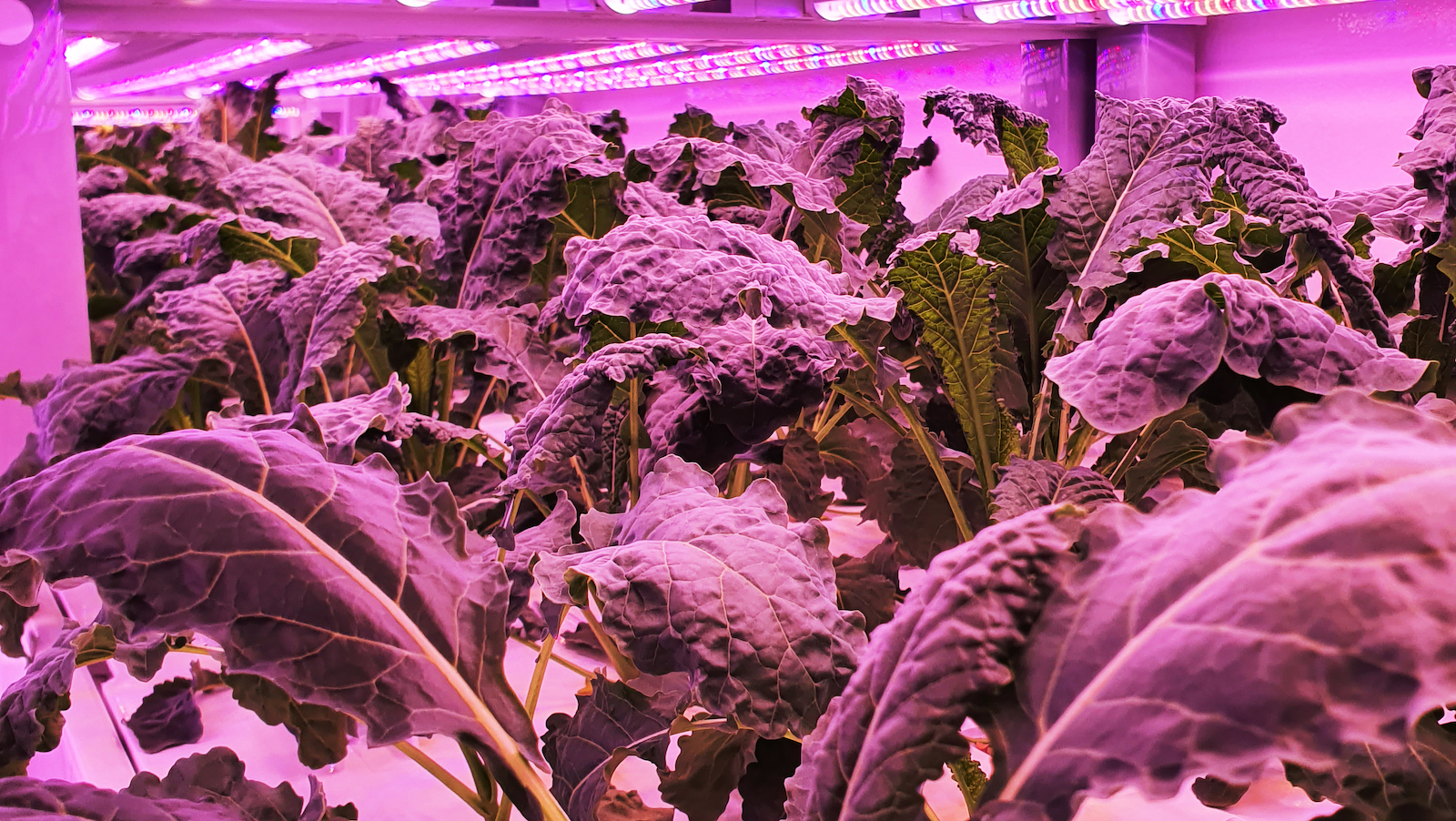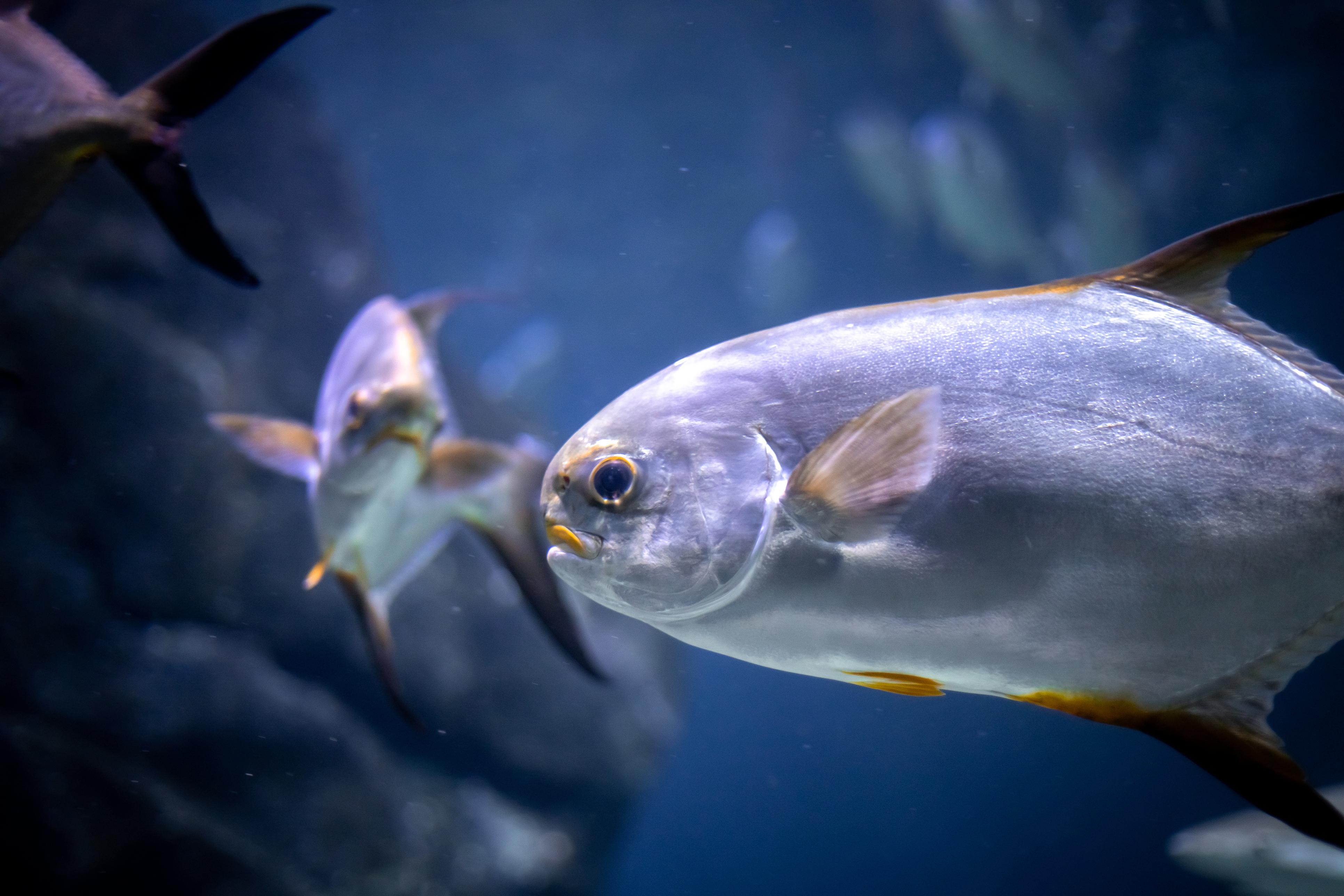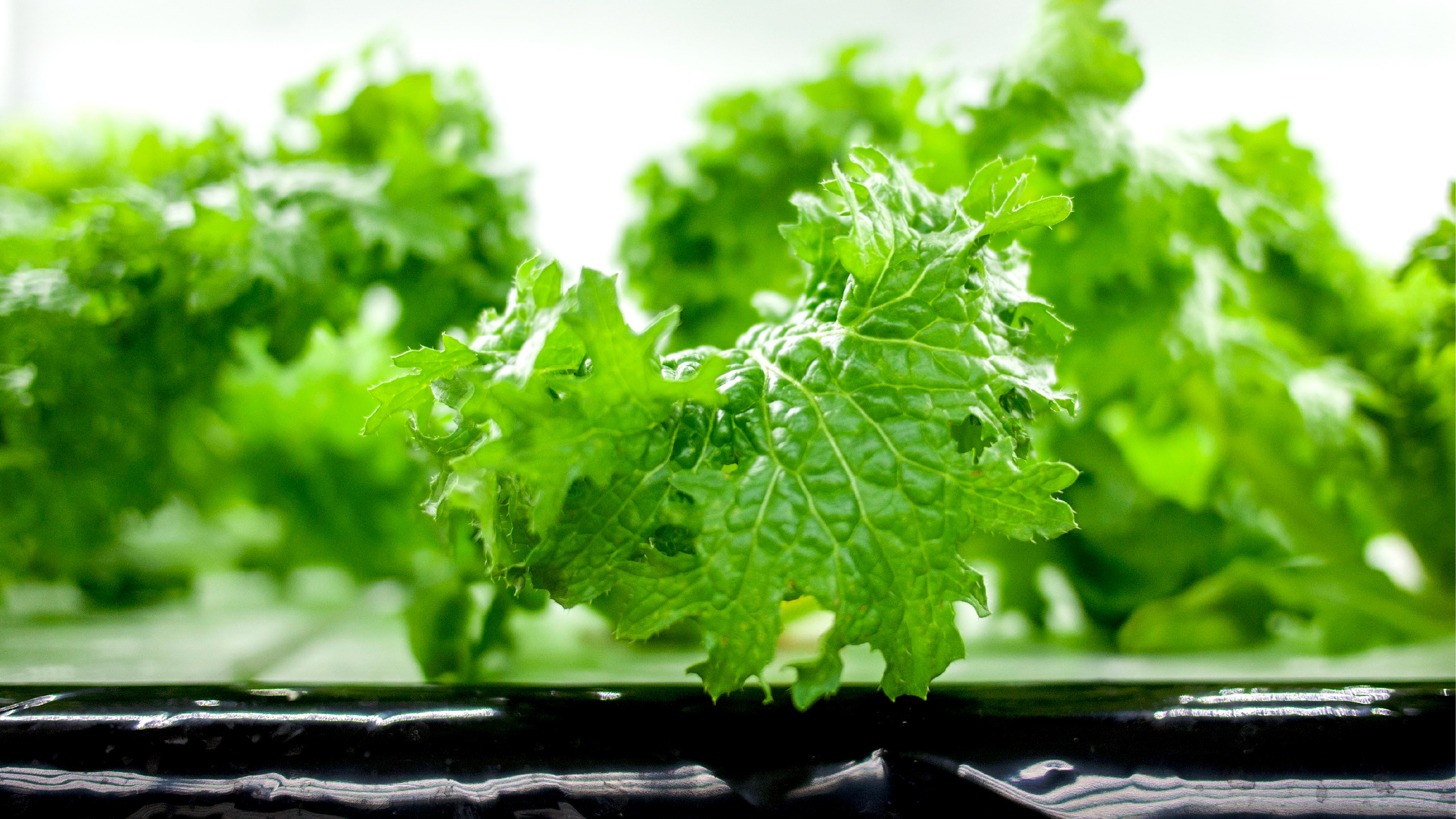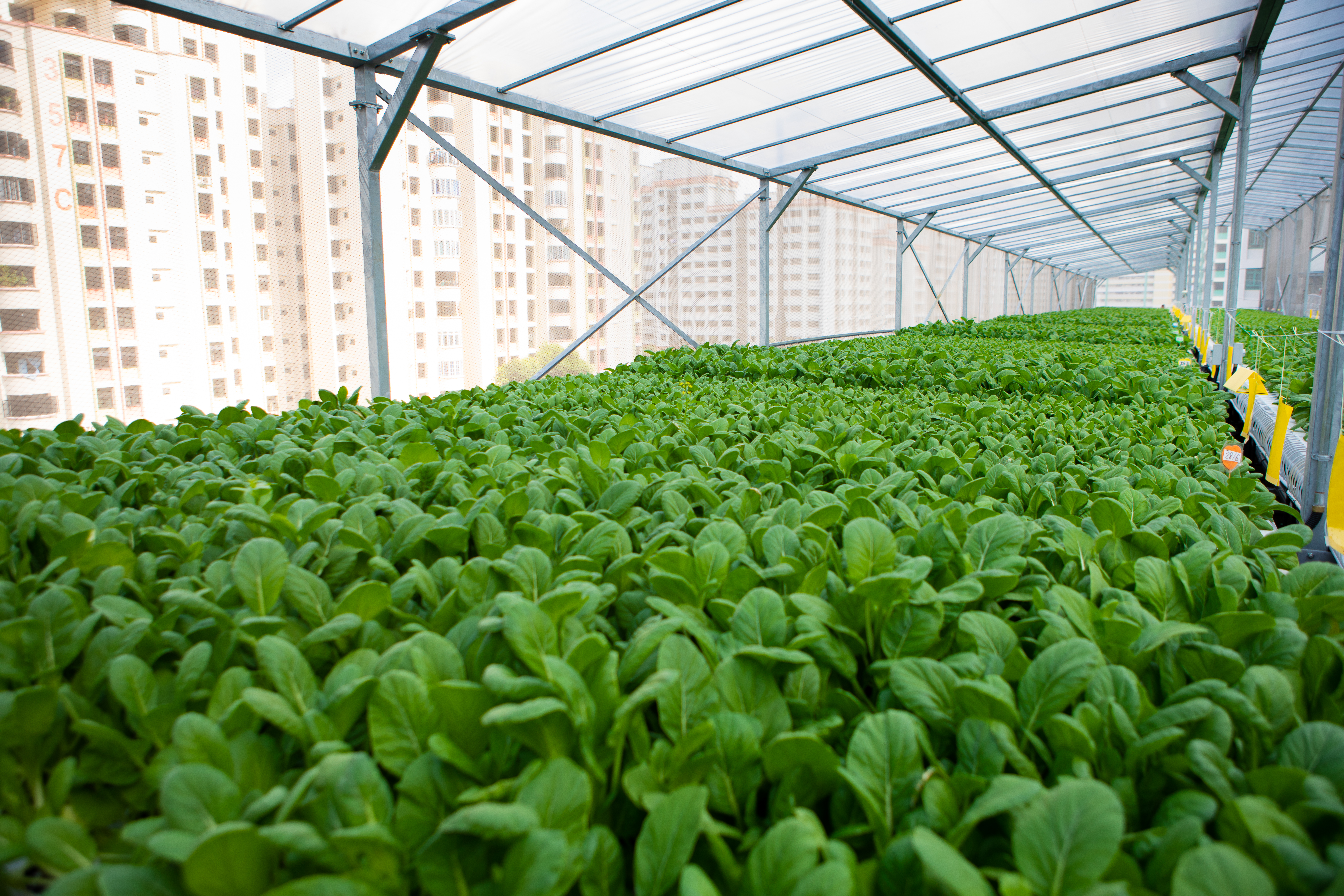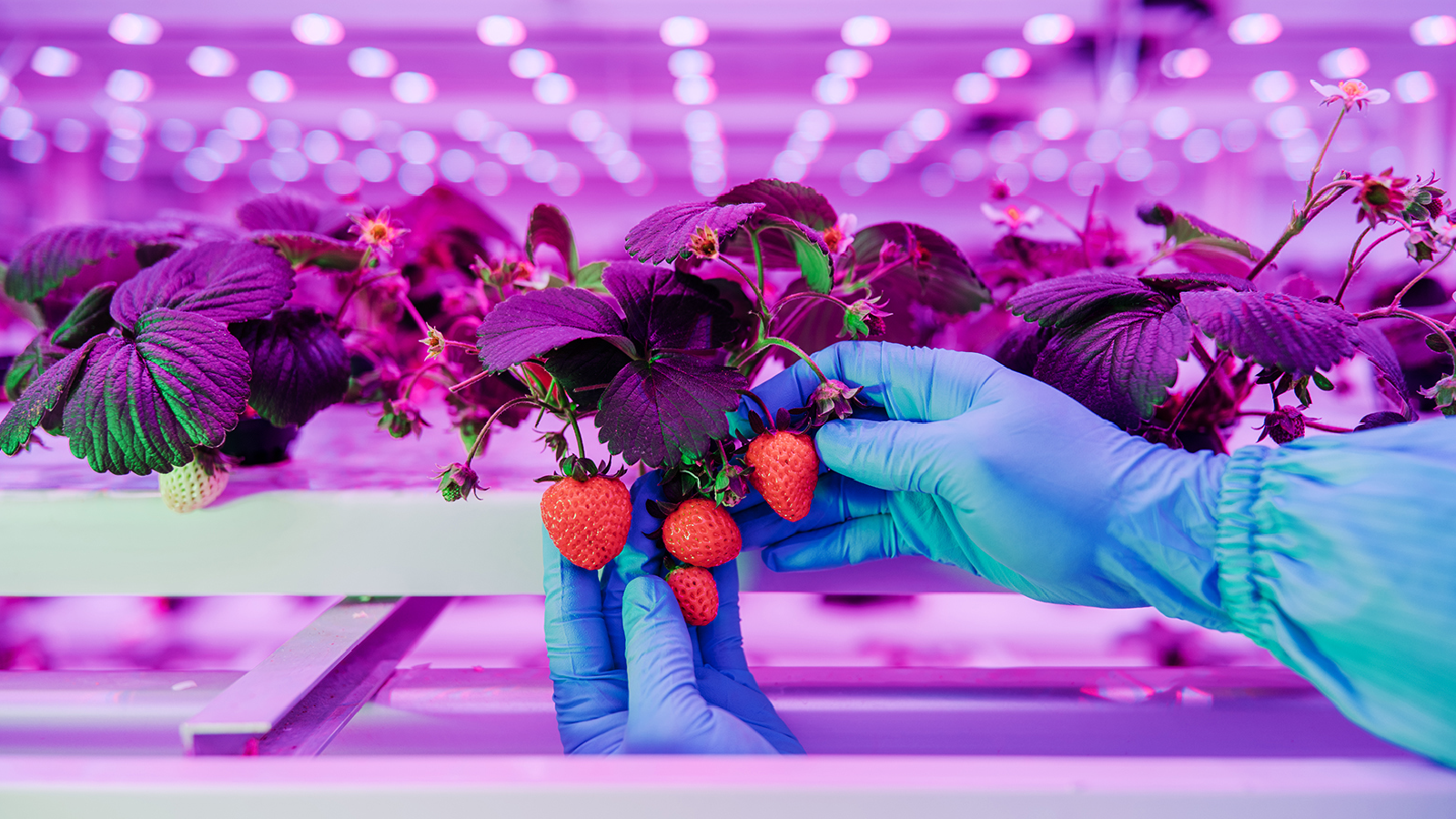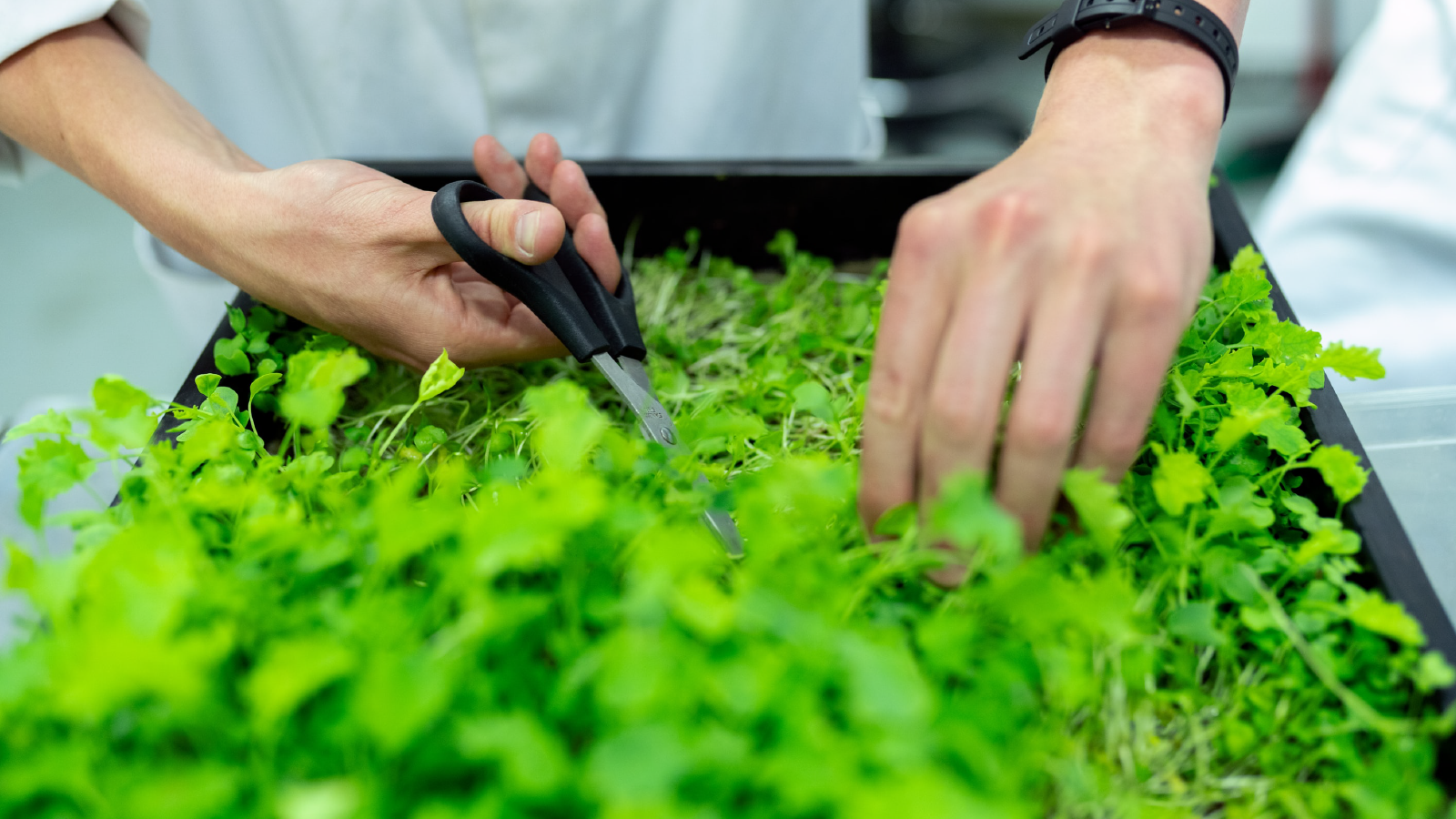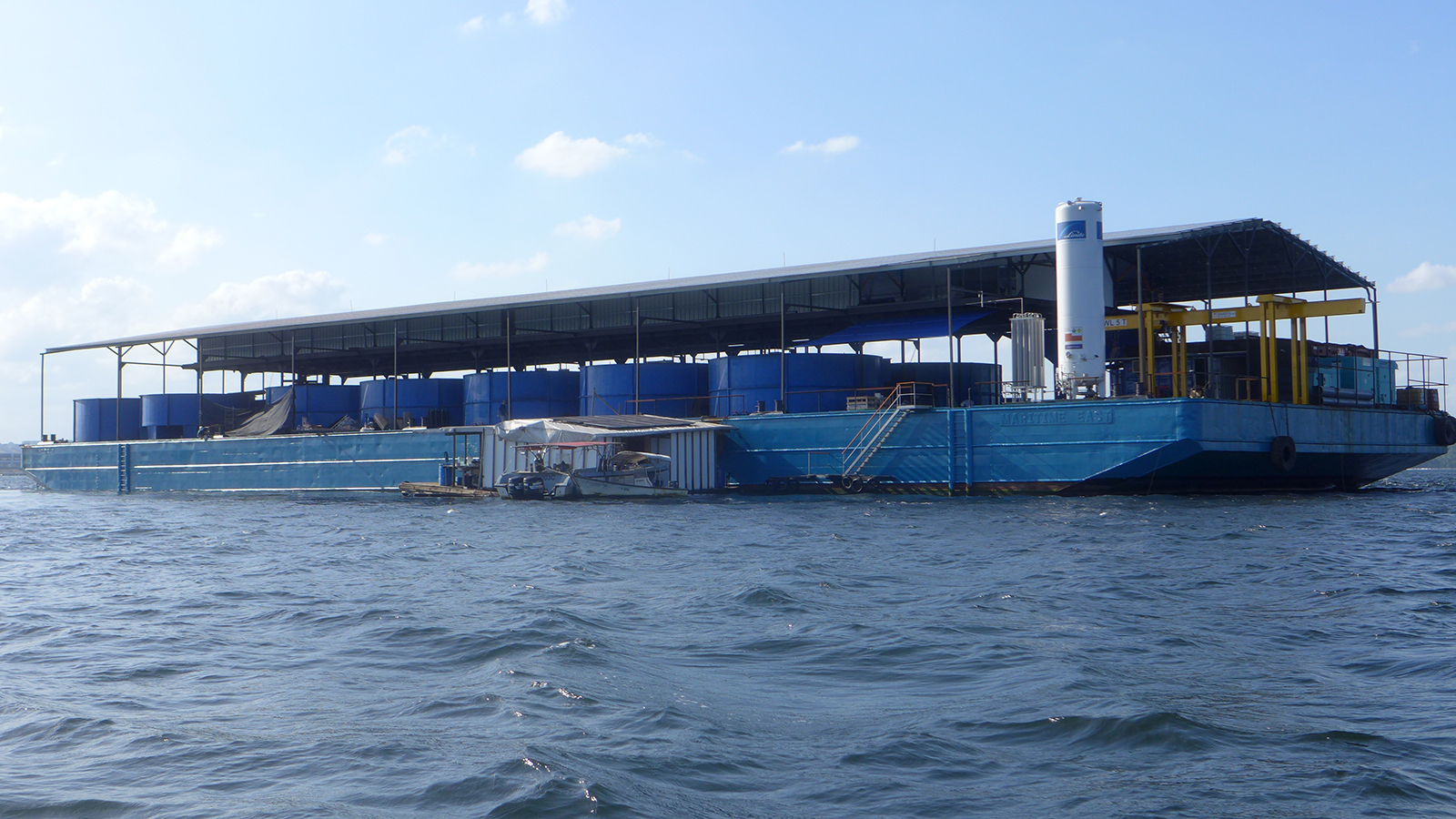Agri-what?
What exactly is agritech?
While it may sound complicated, Agritech is merely the fusion of the words ‘agriculture’ and ‘technology’. Phrased simply, it’s the use of technology to aid efforts in farming.
Think of the word ‘farm’, and you’ll probably imagine herds of cows and sheep spread across rolling green pastures, or terraced padi fields of rice.
But thanks to advancements in technology, land-scarce nations like Singapore can find ingenious and highly efficient ways to grow our own produce.
These range from high-tech indoor farms — which can produce up to 10 times the crops of conventional farm — to multi-storey fish farms that rely on automation to improve yield.
Tasting is believing
I’ve never bought local produce…why start now?
Singapore has long had a reputation for quality wares and stellar services, and the same holds true for produce nurtured on our soil.
Tasting is believing, and there are numerous reasons why you should consider trying out home-grown produce for yourself, ranging from freshness and quality to eco-friendliness.
Five fascinating farming facts
While we haven’t gotten to the point where super-intelligent robots are harvesting our kale and nurturing our barramundi, we’re certainly making great strides in harnessing technology to improve our farming.
Here are just some of our local farms which are employing innovative new methods of data collection, cutting-edge technology and dynamic new space-saving measures.
1. Veggies nurtured by A.I.
Companies like VertiVegies employ smart sensors to detect various parameters such as temperature, humidity and light levels and then automatically adjust them to optimise the environment for growing each type of vegetable.
2. Data-driven fish farms
Local fish farm Blue Aqua International Group is developing software that will let them track water quality and the health of their fish, thus increasing their yield. The company rears a whole range of different fish, including grouper, pompano and tilapia.
3. Homegrown Japanese greens
Our tropical climates are normally unsuitable for growing Japanese crops like Karashina leaves and wasabina mustard greens. But local farm Edible Garden City is testing ways to grow these crops in Singapore, via a climate-controlled container farm using tools such as sensor technology and data monitoring systems.
4. From rooftop carpark to fertile farm
Land size and space constraints are significant hurdles to face when it comes to farming in Singapore. SG Veg has managed to overcome this by growing their crops from the rooftops near to the communities, feeding Singapore's heartlands.
5. A diverse bounty of crops
Local hydroponics farm Sustenir has succeeded in cultivating non-native produce on Singaporean soil, such as kale, arugula and even strawberries. These fruits and vegetables are grown indoors in a controlled environment with artificial lighting.
Excited to try local produce? Keep your eye out for the SG Fresh Produce logo at supermarkets, restaurants and eateries all across the island.
